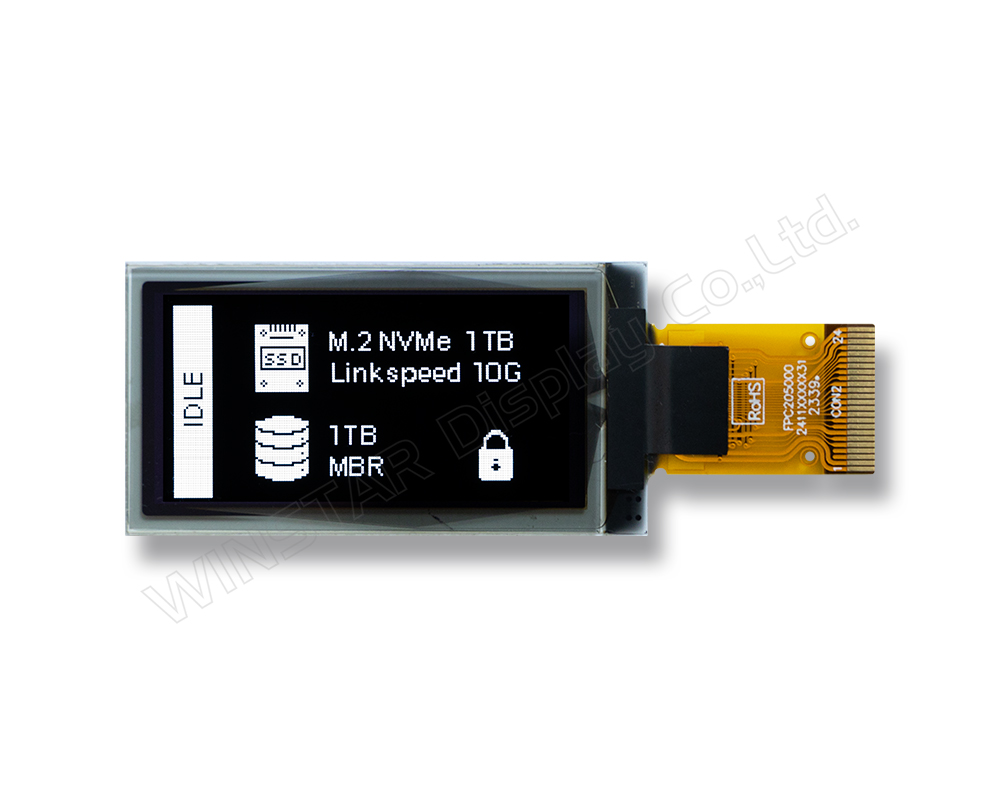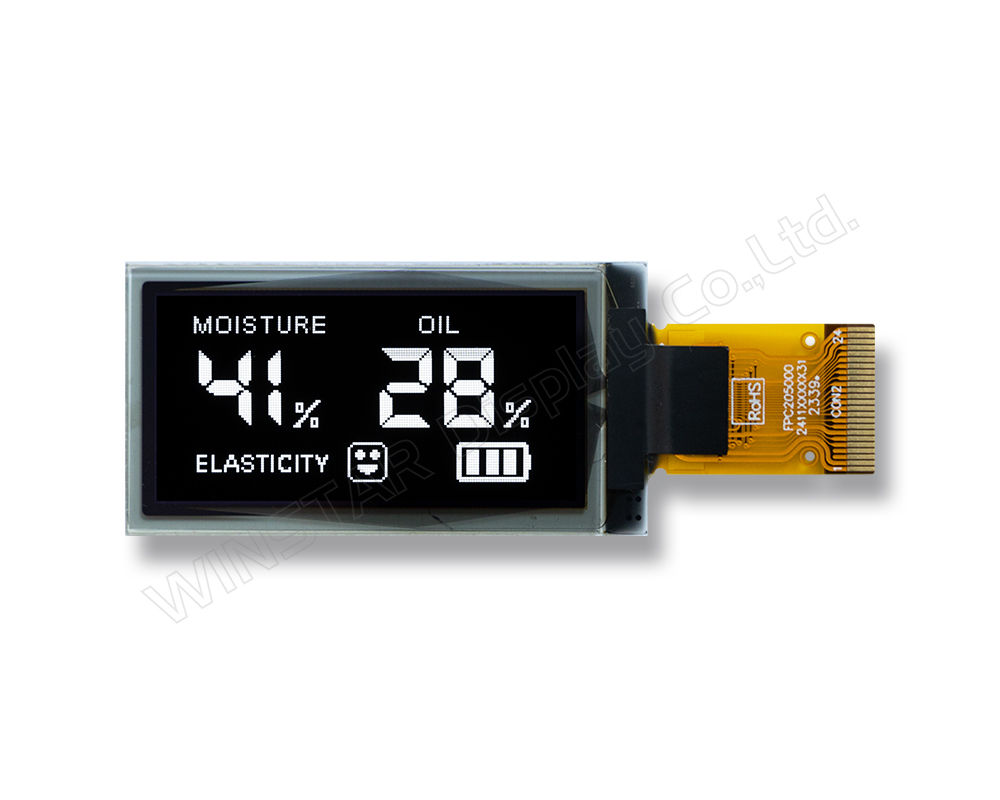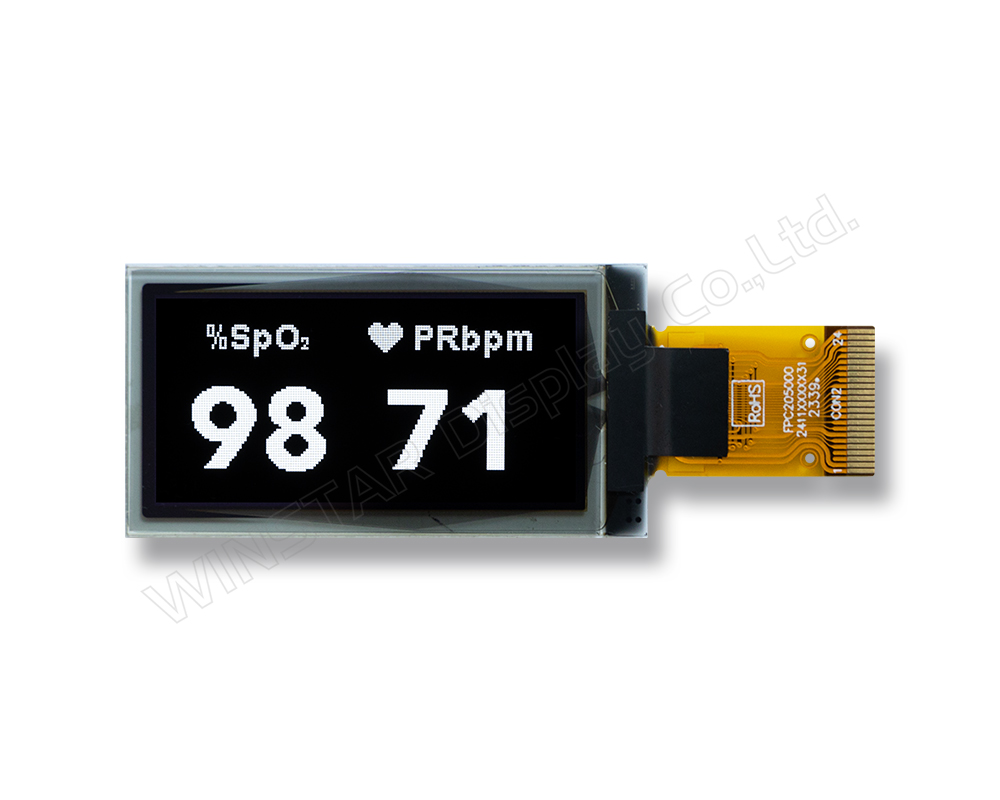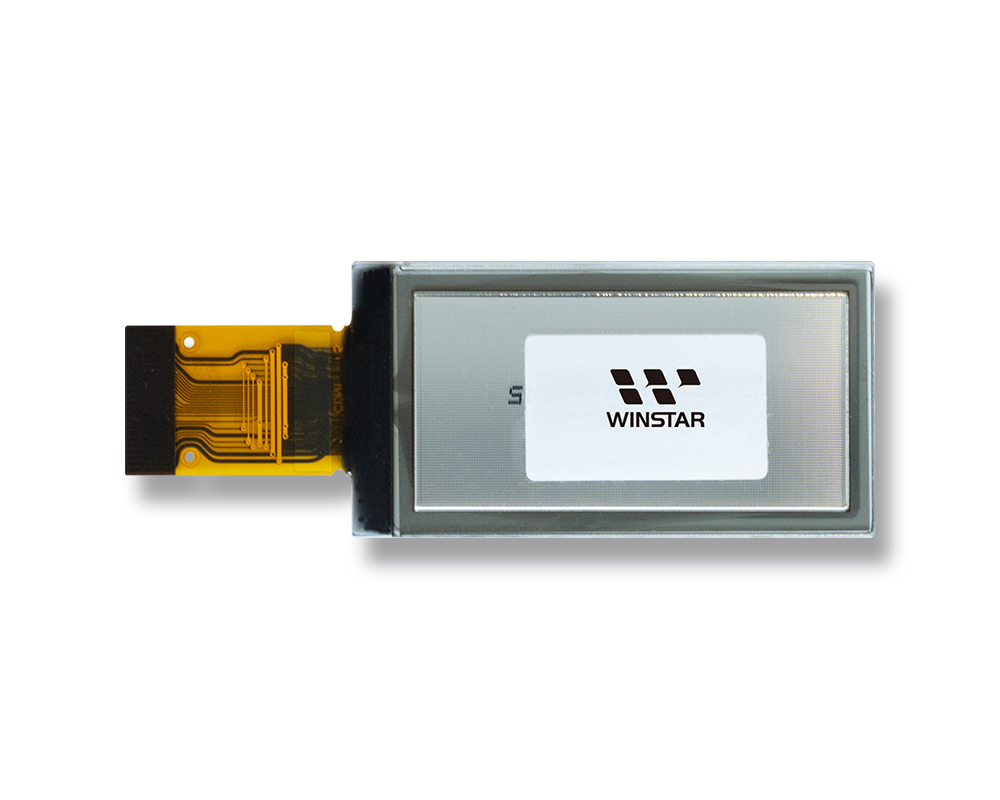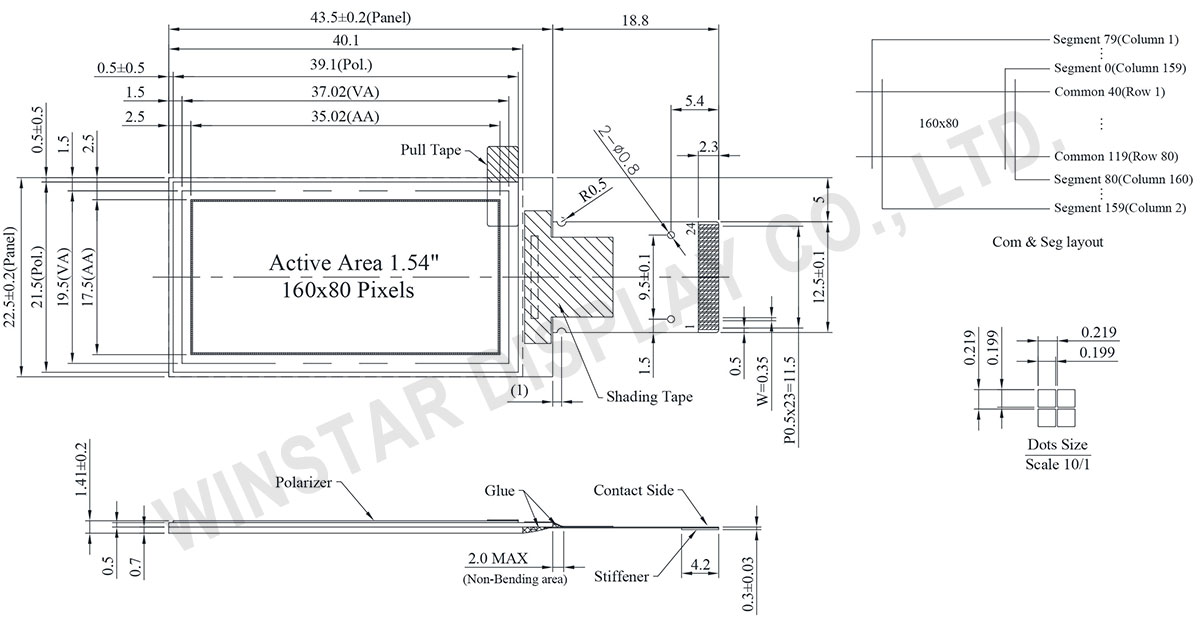| No. |
Símbolo |
Función |
| 1 |
N.C.
(GND) |
Reserved Pin (Supporting Pin)
The supporting pin can reduce the influences from stresses on the function pins.
This pin could be connected to external ground as the ESD protection circuit. |
| 2 |
VCC |
Power Supply for OEL Panel
This is the most positive voltage supply pin of the chip. It must be connected to external source. |
| 3~4 |
N.C. |
Reserved Pin
The N.C. pin between function pins are reserved for compatible and flexible design. |
| 5 |
BS1 |
Communicating Protocol Select
These pins are MCU interface selection input. See the following table:
| |
BS1 |
BS2 |
| I2C |
1 |
0 |
| 4-wire SPI |
0 |
0 |
| 8-bit 68XX Parallel |
0 |
1 |
| 8-bit 80XX Parallel |
1 |
1 |
|
| 6 |
BS2 |
| 7 |
VSS |
Ground of Logic Circuit
This is a ground pin. It also acts as a reference for the logic pins. It must be connected to external ground. |
| 8 |
IREF |
Current Reference for Brightness Adjustment
This pin is segment current reference pin. A resistor should be connected between this pin and VSS. Set the current at 10μA maximum. |
| 9 |
CS# |
Chip Select
This pin is the chip select input. The chip is enabled for MCU communication only when CS# is pulled low. |
| 10 |
RES# |
Power Reset for Controller and Driver
This pin is reset signal input. When the pin is low, initialization of the chip is executed. Keep this pin pull high during normal operation. |
| 11 |
D/C# |
Data/Command Control
This pin is Data/Command control pin. When the pin is pulled high, the input at
D7~D0 is treated as display data. When the pin is pulled low, the input at
D7~D0 will be transferred to the command register.
In I2C mode, this pin acts as SA0 for slave address selection. |
| 12 |
R/W# |
Read/Write Select or Write
This pin is MCU interface input.
When interfacing to a 68XX-series microprocessor, this pin will be used as
Read/Write (R/W#) selection input. Pull this pin to “High” for read mode and pull it to “Low” for write mode.
When 80XX interface mode is selected, this pin will be the Write (WR#) input.
Data write operation is initiated when this pin is pulled low and the CS# is pulled low.
When serial mode is selected, this pin must be connected to VSS. |
| 13 |
E/RD# |
Read/Write Enable or Read
This pin is MCU interface input.
When interfacing to a 68XX-series microprocessor, this pin will be used as the
Enable (E) signal. Read/write operation is initiated when this pin is pulled high and the CS# is pulled low.
When connecting to an 80XX-microprocessor, this pin receives the Read (RD#) signal. Data read operation is initiated when this pin is pulled low and CS# is pulled low.
When serial mode is selected, this pin must be connected to VSS. |
| 14 |
D0 |
Host Data Input/Output Bus
These pins are bi-directional data bus connecting to the MCU data bus.
Unused pins are recommended to tie LOW.
When serial interface mode is selected, D2, D1 should be tied together as the serial data input: SDIN, and D0 will be the serial clock input: SCLK.
When I2C mode is selected, D2, D1 should be tied together and serve as SDAout,
SDAin in application and D0 is the serial clock input, SCL. |
| 15 |
D1 |
| 16 |
D2 |
| 17 |
D3 |
| 18 |
D4 |
| 19 |
D5 |
| 20 |
D6 |
| 21 |
D7 |
| 22 |
VDD |
Power Supply for Logic
This is a voltage supply pin. It must be connected to external source. |
| 23 |
VCOMH |
Voltage Output High Level for COM Signal
This pin is the input pin for the voltage output high level for COM signals. A tantalum capacitor should be connected between this pin and VSS. |
| 24 |
VCC |
Power Supply for OEL Panel
This is the most positive voltage supply pin of the chip. It must be connected to external source. |

